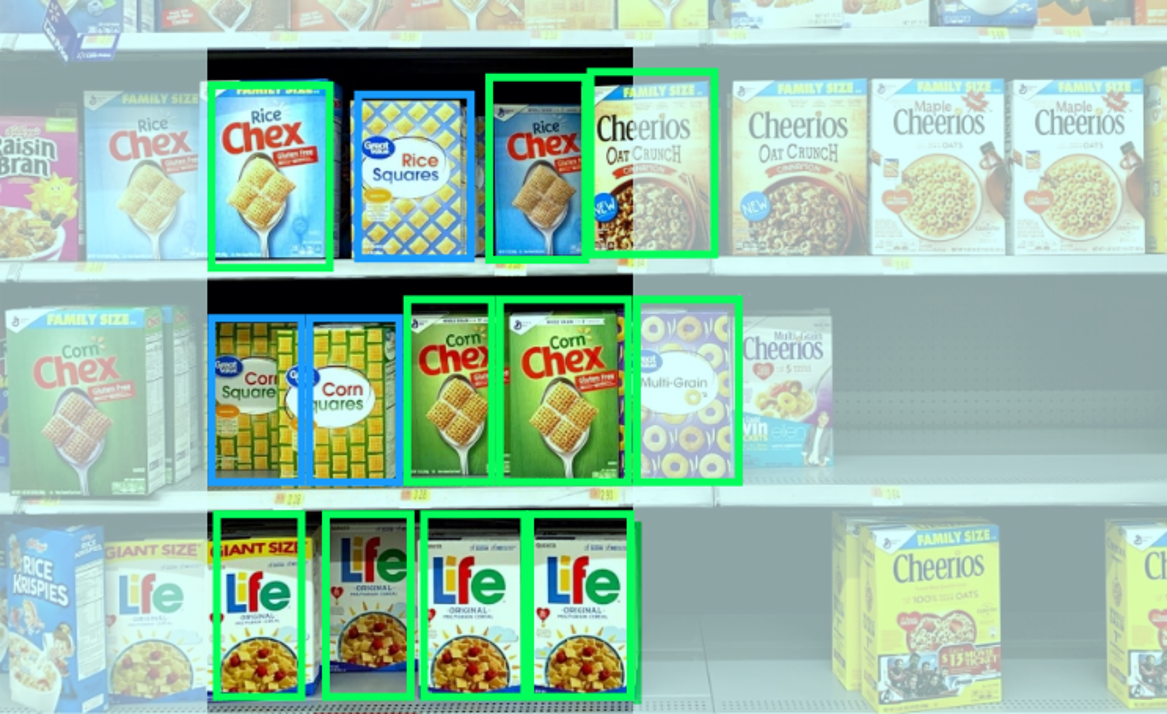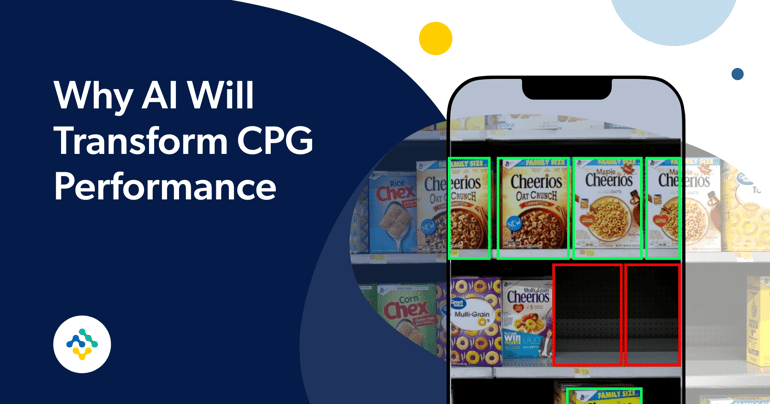From self-driving cars to automatic image tagging on social media to facial recognition on smartphones—AI image recognition (IR) is everywhere. The accuracy of IR is improving at a breakneck pace, and new uses for it are popping up all the time: doctors use it to identify tumors and lesions on patient scans, manufacturers use it to catch product defects during quality control, museums use it to verify the authenticity of artifacts and works of art—the list goes on and on.
Reaping the Benefits
CPG brands and the retailers that carry their brands are reaping the benefits of IR, too. For example, a number of big box and grocery stores now have autonomous robots roaming the aisles, using image recognition technology to verify price signs, scan for out-of-stocks, and look for spills or damaged items. Some stores are incorporating IR technology into their self-checkout kiosks to prevent theft if: if a customer tries to trick the system by weighing pricey organic produce using the PLU for something cheap, like bananas, the system can see that the product on the scale doesn’t match the PLU, alert the customer to their “error,” and require them to enter the correct PLU.
CPG brands, meanwhile, are discovering that AI image recognition technology has the potential to help them dramatically improve their retail execution.
Until recently, the only way to verify that merchandising plans were being carried out as intended and SKUs were being kept in stock was the manual audit. Retail execution software has made that process much more accurate and efficient than it used to be, but reps still have to spend untold hours sorting, reviewing, and analyzing the hundreds or even thousands of shelf audit photos they take. It’s time that could be much better spent interacting with store managers, building relationships, and working on securing more shelf space and better placement.
Now, with the emergence of integrated AI image recognition capabilities, reps don’t have to burn hours and hours analyzing photos. The IR technology does it for them, drawing on a database of millions of images to automatically detect which SKUs are and aren’t present on the shelf. Using that data, the technology can generate reports and deliver insights, including market share, change in facings over time, performance by store, and out-of-stock risk by location. It can even calculate complex KPIs like linear share of shelf.

Not only is letting AI handle these tasks exponentially faster; it’s also more accurate. While humans can typically achieve about 90% accuracy in their shelf audits, AI image recognition can achieve accuracy rates of 95% or higher. What’s more, that rate continues to rise as the technology “learns” from experience.
This constant improvement loop is what makes today’s AI-driven IR technology so powerful. In the very early days of image recognition, in the 1970s and 1980s, programmers had to manually feed computers a set of predefined instructions for identifying features and patterns. Moving into the 90s, there was a shift to approaches that focused on extracting relevant features from images using techniques like edge detection, texture analysis, and shape analysis. But these rules-based and feature-based approaches had one big limitation: engineers had to manually code every single, individual rule for systems to follow. Given the infinite variety of objects and images in the world, there was simply no way to account for every possible variation.
Leaping Forward
The big leap forward, into the realm of AI, happened in the 2000s, with the development of machine learning. This coincided with the new availability of massive datasets, thanks to the internet. So now, instead of engineers writing all the rules, they could actually teach computers to learn from examples and make predictions or decisions based on what they learned—with help from humans feeding them data and giving the thumbs up or thumbs down.
An even bigger breakthrough came in the 2010s, with the application of deep learning techniques—particularly Convolutional Neural Networks. These are techniques that mimic the way the human brain works, and they enable remarkable performance on tasks like image classification and object detection.
Which brings us to where we are today—on the brink of a revolution in how CPG brands optimize their retail execution, prevent out-of-stocks, and grow their share of shelf. More and more brands are realizing the competitive advantage of IR for audits: According to one report, the global market for CPG image recognition technology, valued at 2.3 billion as of 2022, is expected to reach 10.23 billion by 2030. The evolution of the technology is predicted to advance rapidly as well. While today it can take hours to days for images to be processed and recommendations to be generated, it won’t be long until it takes seconds to minutes.
With near-real time information and insights, reps will be able to take corrective actions in the store, in the moment. At Repsly, we’re excited about the potential of IR to help our clients take greater control of their execution and performance, while saving valuable time.
Stay in touch to learn more.





